In the realm of communication, whether it’s within B2B interactions or any other context, understanding the intricacies of human behavior is paramount.
Cognitive biases play a pivotal role in influencing how people perceive and respond to messages.
In this post, we’ll explore how you can harness cognitive biases to enhance your communication strategies.
Understanding Cognitive Biases
Cognitive biases are inherent tendencies in human thinking that shape our perceptions and decisions. Rather than viewing them negatively, we can harness these biases as powerful tools for effective communication.
Confirmation Bias
What it is: People tend to seek information that confirms their existing beliefs.
How to Leverage: Craft messages that align with your audience’s pre-existing beliefs or needs. For instance, when communicating the benefits of a new software solution, illustrate how it seamlessly integrates with familiar tools.
Social Proof
What it is: Individuals look to others to decide how to act in certain situations.
How to Leverage: Incorporate testimonials, user statistics, or endorsements to bolster your credibility. Displaying success stories from satisfied clients can enhance trust in your communication.
Scarcity Bias
What it is: People are more likely to value things that are scarce.
How to Leverage: Emphasize the exclusivity or limited availability of your message. Phrases like “Limited seats available for our exclusive webinar” can prompt immediate attention.
Authority Bias
What it is: People tend to trust figures of authority.
How to Leverage: Incorporate insights from recognized experts or thought leaders into your communication. Their endorsement can instill trust and credibility in your message.
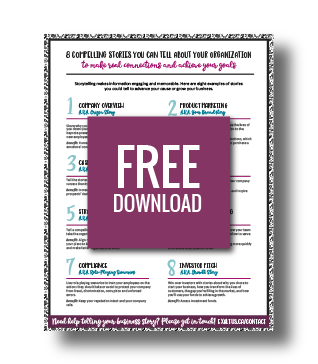
Create an emotional connection with your key stakeholders
Find out which eight organizational stories you can tell to emotionally connect with your key stakeholders, inspire them, and motivate them to act.
Practical Examples
Effective Communication: HubSpot and the Liking Bias
HubSpot’s communication strategy aligns with the Liking Bias, where people are more receptive to messages from individuals they like. By delivering valuable content, HubSpot builds rapport and trust with its audience, making communication more effective.
The Power of Persuasion: Slack and the Bandwagon Effect
Slack prominently displays the number of companies using its platform on its homepage, tapping into the Bandwagon Effect, where people tend to follow the crowd.
Implementing Bias-Based Communication
- Identify Relevant Biases: Select biases that resonate with your communication goals.
- Test and Refine: Continuously evaluate the impact of your bias-based communication strategies.
- Adapt and Evolve: Modify your approach based on feedback and insights gained.
Cognitive biases are not mere quirks in human thinking; they are potent tools for effective communication. By understanding these biases and skillfully incorporating them into your communication strategies, you can significantly enhance engagement and the effectiveness of your messages.
Ready to elevate your communication to new heights? Start by identifying the cognitive biases that resonate most with your target audience and seamlessly integrate them into your communication strategy today. And if you’d like to explore communicating with a one-of-a-kind whiteboard video, please get in touch or sign up to our email list to get our next blog post in your inbox!

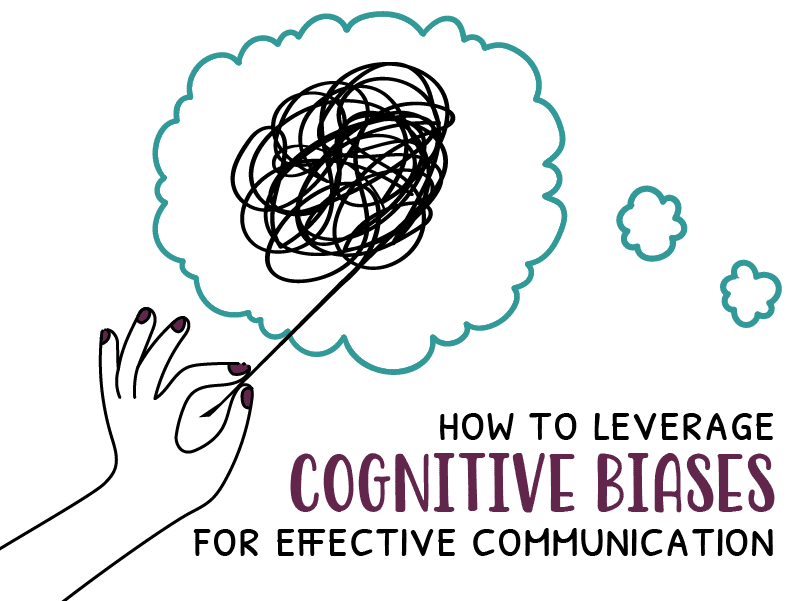
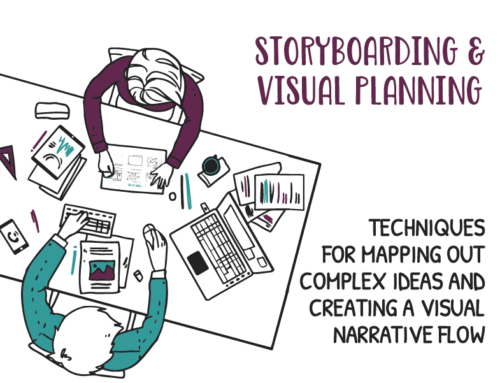
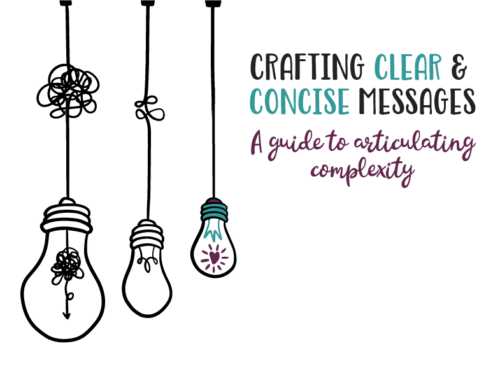
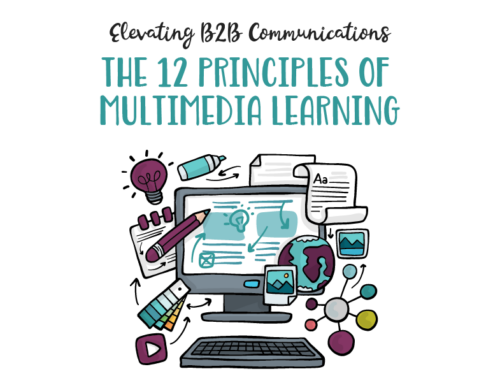
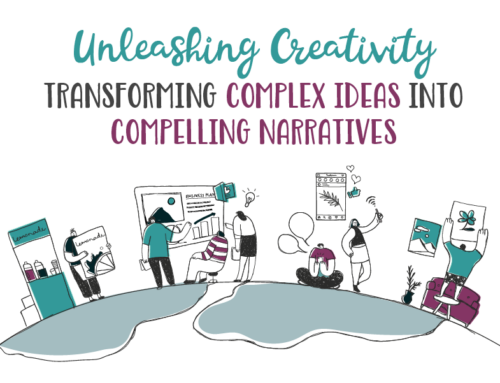
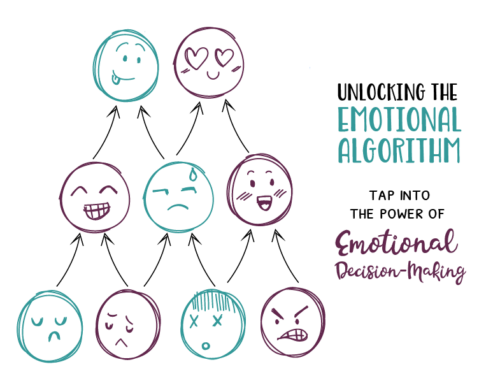
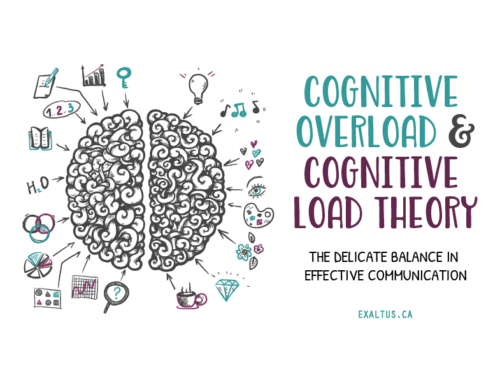
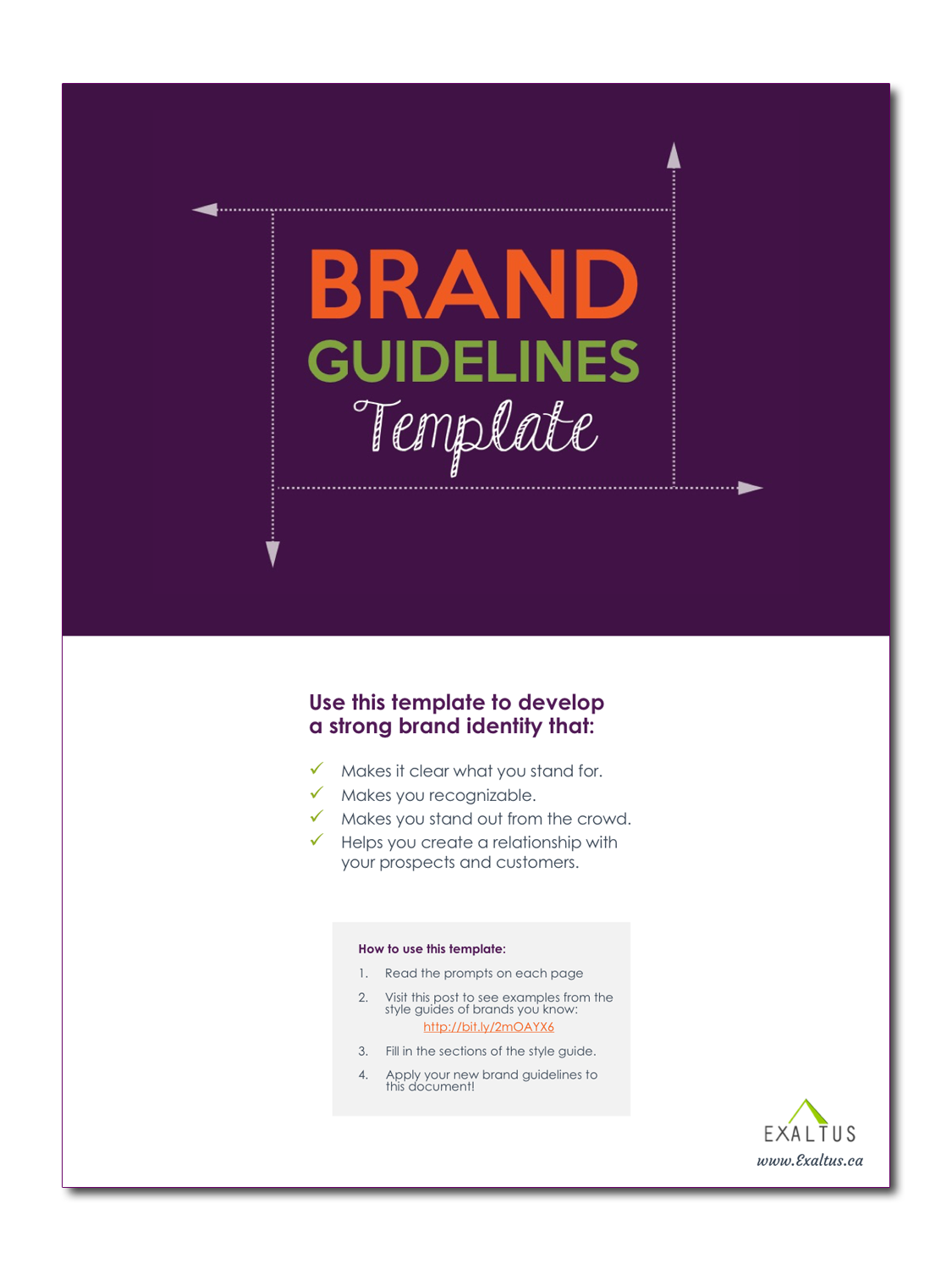

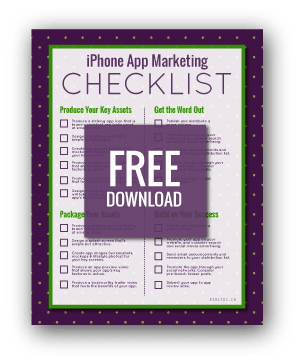
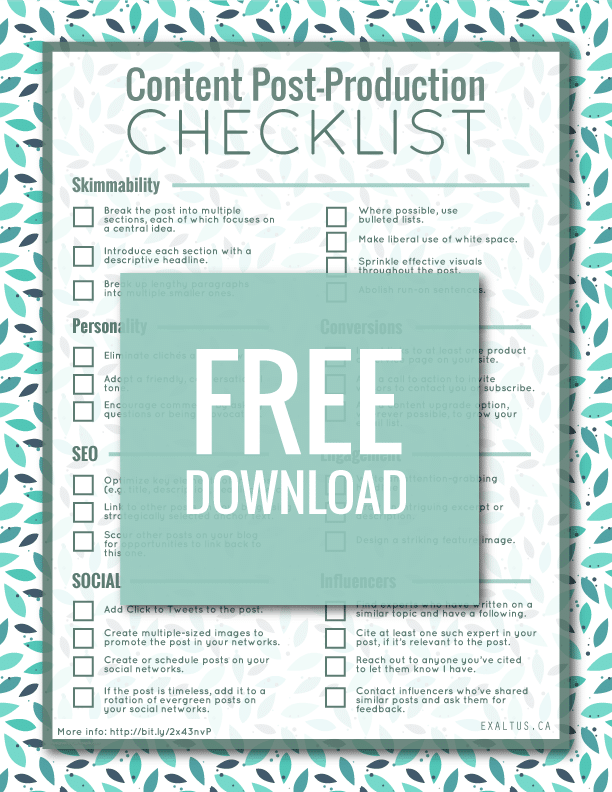
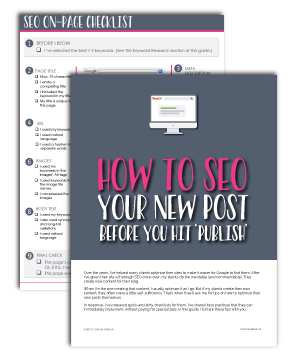
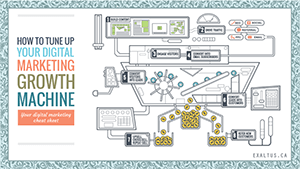
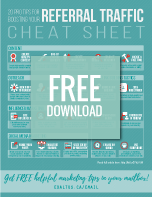


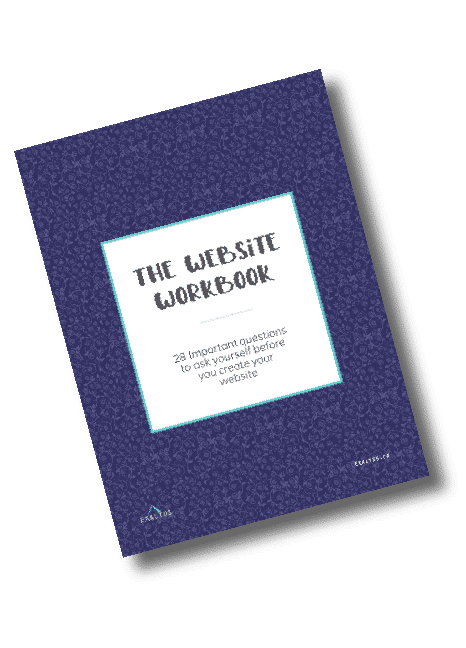


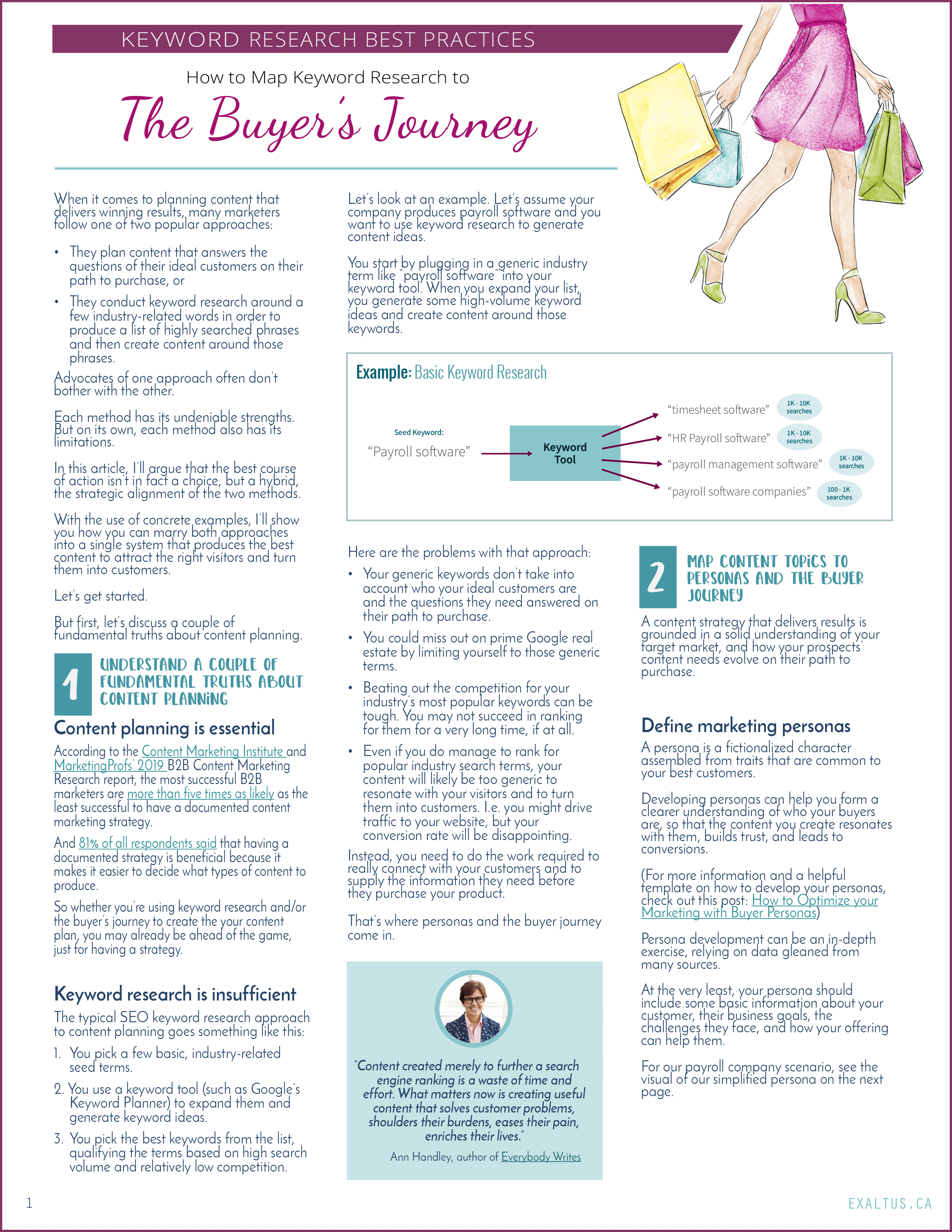



Leave A Comment